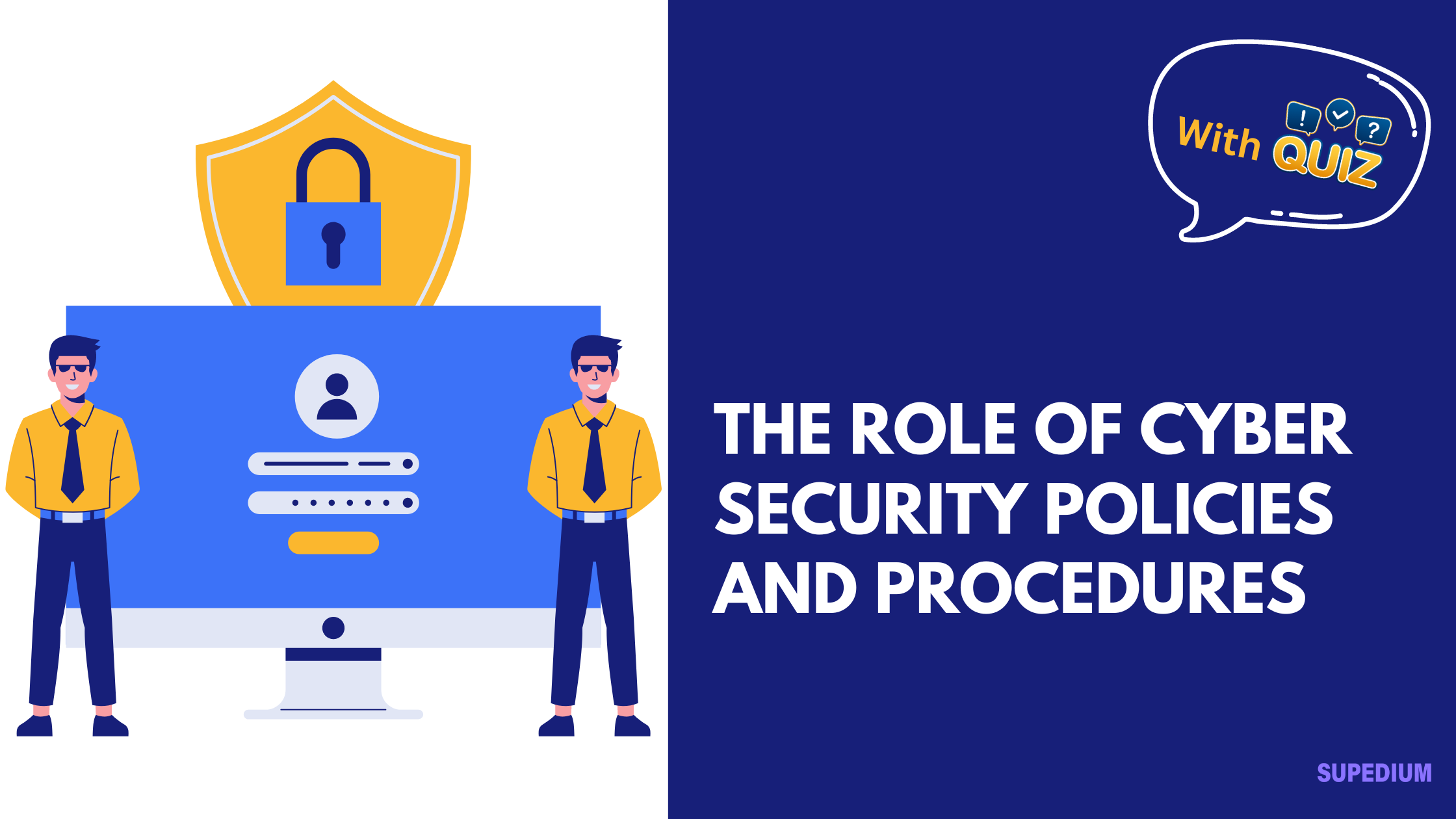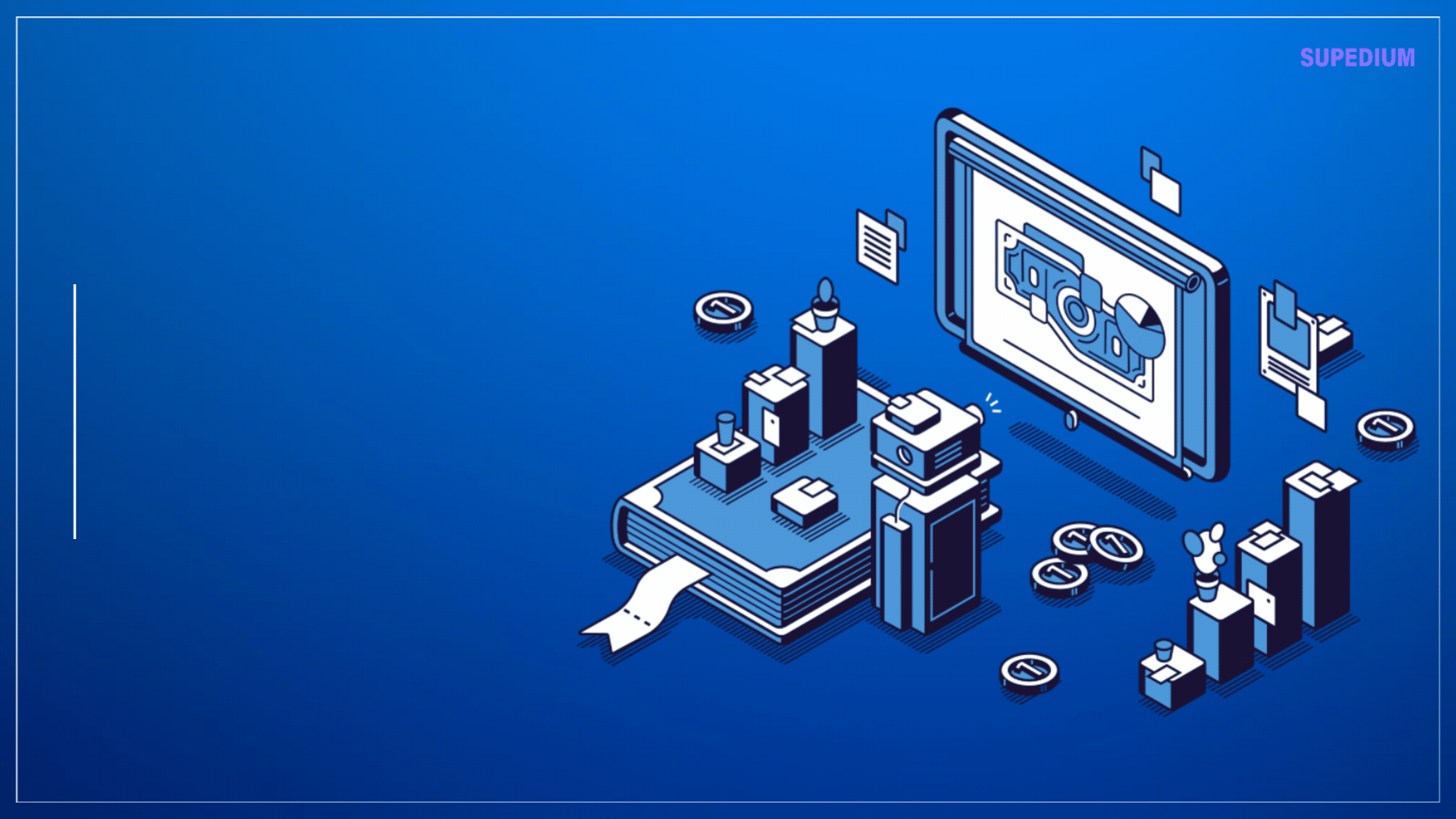Table of Contents
![]()
In today’s digital age, where cyber threats are increasingly sophisticated and pervasive, the implementation of robust cyber security policies and procedures is crucial for organizations. These policies and procedures act as a foundational framework to protect digital assets, ensure compliance with regulations, and effectively manage and mitigate risks. This article delves into the key components of cyber security policies and procedures, their implementation, associated challenges, and real-world examples.
I. Introduction
Cyber Security Policies and Procedures are essential components of an organization’s security posture. Policies provide high-level directives outlining the security principles an organization adheres to, while procedures offer detailed steps to implement these principles effectively. Together, they help safeguard organizational assets, ensure compliance with relevant laws and regulations, and facilitate a structured approach to managing cyber risks and responding to security incidents.
II. Components of Cyber Security Policies
A. Access Control Policies
Access control policies define how users are granted access to organizational systems and data. Key elements include:
- User Authentication and Authorization: Policies should outline the methods for verifying user identities and granting appropriate access levels. Multi-factor authentication (MFA) and strong password requirements are common practices.
- Management of User Roles and Permissions: Policies must specify how user roles are assigned and managed, ensuring that individuals have access only to the information necessary for their job functions.
B. Data Protection Policies
Data protection policies ensure that sensitive information is handled securely throughout its lifecycle:
- Data Classification and Handling: Data should be classified based on its sensitivity, and handling procedures should be defined for each classification level to prevent unauthorized access or disclosure.
- Encryption and Storage Requirements: Policies should mandate encryption for sensitive data, both at rest and in transit, and specify secure storage practices.
C. Network Security Policies
Network security policies are critical for protecting the organization’s network infrastructure:
- Firewall Configurations and Management: Policies should establish guidelines for configuring and managing firewalls to block unauthorized access while allowing legitimate traffic.
- Intrusion Detection and Prevention Systems: Policies should outline the deployment and management of IDS and IPS to detect and respond to network threats in real time.
D. Incident Response Policies
Incident response policies guide organizations in effectively addressing and managing security incidents:
- Reporting and Handling Security Incidents: Policies should define how incidents should be reported, including the roles and responsibilities of the incident response team.
- Communication Plans and Escalation Procedures: Policies must include guidelines for internal and external communication during an incident, as well as procedures for escalating issues as needed.
E. Compliance Policies
Compliance policies ensure that the organization meets legal and regulatory requirements:
- Adherence to Legal and Regulatory Requirements: Policies should address compliance with laws such as GDPR, HIPAA, and others relevant to the organization’s operations.
- Internal and External Audit Processes: Policies should define how audits will be conducted to verify compliance and identify areas for improvement.
III. Components of Cyber Security Procedures
A. User Account Management Procedures
Procedures for managing user accounts are vital for maintaining secure access control:
- Account Creation, Modification, and Deletion: Procedures should detail how user accounts are created, modified, and deleted to ensure proper management of access rights.
- Password Management and Multi-Factor Authentication: Procedures should outline password policies and the use of MFA to enhance account security.
B. Data Handling Procedures
Effective data handling procedures are crucial for data protection:
- Data Backup and Recovery: Procedures should specify how data backups are performed and how data can be recovered in case of loss or corruption.
- Secure Data Transfer and Disposal: Procedures must detail how data is securely transferred between systems and how data is properly disposed of when no longer needed.
C. Network Security Procedures
Network security procedures help maintain the integrity and security of network operations:
- Monitoring Network Traffic and Logs: Procedures should include regular monitoring of network traffic and logs to detect and respond to suspicious activity.
- Regular Updates and Patch Management: Procedures should ensure that software and systems are regularly updated and patched to address known vulnerabilities.
D. Incident Management Procedures
Incident management procedures guide the response to security incidents:
- Incident Detection and Identification: Procedures should outline how security incidents are detected and identified.
- Containment, Eradication, and Recovery Steps: Procedures should specify steps for containing, eradicating, and recovering from incidents to minimize damage and restore normal operations.
E. Compliance and Auditing Procedures
Procedures for compliance and auditing help ensure adherence to policies and regulations:
- Regular Security Assessments and Audits: Procedures should define how security assessments and audits are conducted to evaluate compliance and identify vulnerabilities.
- Documentation and Record-Keeping Practices: Procedures must ensure that all security-related activities are documented and records are maintained for audit and compliance purposes.
IV. Implementation and Enforcement
A. Developing and Communicating Policies and Procedures
Creating effective policies and procedures involves:
- Policy Creation and Review Processes: Policies should be developed with input from key stakeholders and regularly reviewed to ensure they remain relevant and effective.
- Training and Awareness Programs: Employees must be trained on the policies and procedures to ensure they understand their roles and responsibilities in maintaining security.
B. Monitoring and Compliance
Monitoring and compliance are crucial for ensuring policies and procedures are followed:
- Regular Audits and Assessments: Organizations should conduct regular audits and assessments to verify adherence to policies and identify areas for improvement.
- Metrics and Reporting for Compliance: Organizations should track compliance metrics and generate reports to monitor policy effectiveness and address non-compliance issues.
C. Updating and Revising Policies
Policies and procedures must be updated regularly:
- Periodic Review and Updates: Policies should be reviewed and updated periodically to address new threats, technologies, and regulatory changes.
- Responding to Emerging Threats: Policies must be adaptable to emerging threats and changes in the threat landscape.
V. Challenges in Cyber Security Policies and Procedures
A. Keeping Up with Rapid Technological Changes
The fast pace of technological advancement poses a challenge for keeping policies and procedures up-to-date:
- Adapting to New Technologies and Threats: Organizations must continually update their policies to address new technologies and evolving cyber threats.
B. Balancing Security and Usability
Finding the right balance between security and usability can be challenging:
- Ensuring Security Measures Do Not Hinder Productivity: Policies should be designed to enhance security without significantly impacting user productivity.
C. Ensuring Organizational Buy-in
Securing support from all levels of the organization is crucial:
- Gaining Support from All Levels: Effective policies require buy-in from executive leadership, management, and staff to ensure successful implementation and adherence.
D. Addressing Insider Threats
Insider threats pose a unique challenge:
- Managing and Mitigating Risks from Within: Policies must address the risks associated with insider threats and include measures to detect and prevent malicious or negligent actions by employees.
VI. Case Studies and Examples
A. Successful Implementation
Case Study 1: Organization A
- Description: Organization A successfully implemented comprehensive cyber security policies and procedures, resulting in a significant reduction in security incidents.
- Outcomes: Improved security posture, reduced risk of data breaches, and enhanced compliance with regulations.
B. Failures and Lessons Learned
Case Study 2: Organization B
- Description: Organization B experienced a major security breach due to inadequate policies and procedures.
- Lessons Learned: The breach highlighted the need for regular policy reviews, employee training, and robust incident response plans.
VII. Conclusion
Summary of Key Points
Cyber security policies and procedures are essential for protecting organizational assets, ensuring compliance, and managing risks. They provide a structured approach to maintaining security and responding to incidents.
Future Trends in Cyber Security Policies
As cyber threats continue to evolve, policies and procedures will need to adapt to new technologies and emerging risks. Organizations must stay vigilant and proactive in updating their security frameworks.
Final Thoughts
The development and implementation of effective cyber security policies and procedures are critical for safeguarding against cyber threats and ensuring organizational resilience. Continuous improvement and adaptation are key to maintaining a robust security posture in a rapidly changing digital landscape.






Be the first to comment